The process of planning your home interiors can be thrilling, especially if this is your first ever home. It involves looking into various aspects, from hiring the right interior designer to choosing the right theme, furniture, furnishings, lighting, and so much more. However, with so many things to take care of, it often becomes easy to lose sight of your priorities.
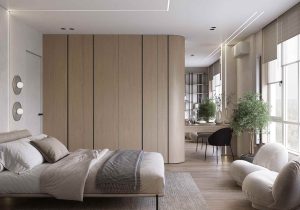
This is where it becomes crucial to know what your top priorities and needs are when designing your full home interiors. If you’re still trying to figure them out, we’ve got you covered. In this guide, we take you through some of the most important aspects to consider when planning your home interiors.
With so many considerations when planning and designing your home’s interiors, knowing what to prioritise can often become difficult, leading to costly mistakes in the long run.
The key is to take your time when planning your home interiors and comprehensively understand what your unique needs and requirements are. Listing these out can be a great way to ensure your interiors cater to all your needs and priorities.
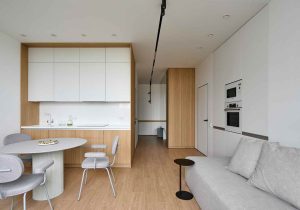
The first step to knowing what to prioritise in your home interiors is to understand your unique needs and lifestyle. These typically vary based on several factors, some of which include –
Aside from the three points mentioned above, there are several others to consider as well. For instance, if you’re someone who loves collecting decorative pieces, furniture, or souvenirs from your travels, chances are you’ll need a lot of storage space to safely store these purchases. This, in turn, will influence the way your interiors are designed and the unique ways in which they incorporate smart storage solutions.
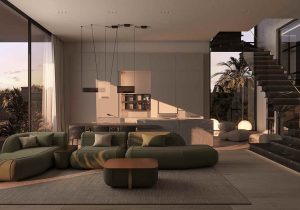
While the visual appeal of your interiors is paramount, it falls short if your space isn’t designed to be functional. Building on the example from the previous section, if you collect a lot of decorative pieces and furnishings but fail to cater to the storage space needed for them, you’ll end up with a rather cluttered home in a matter of a few months or years.
Similarly, if your family has an elderly member or two, you’ll have to ensure that your interiors are conducive to making life easier for them. This will involve choosing or designing furniture without sharp corners, keeping floors flat and eliminating any tripping hazards, and fitting grab handles wherever necessary, among several other elements.
The very same idea of functionality applies to every space, from your bedroom to your kitchen, and even your bathrooms.
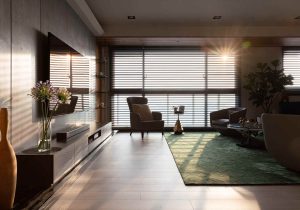
A home should be a space that makes you feel calm and relaxed. A cluttered space inevitably achieves the opposite effect, increasing stress levels and overwhelming you at every step. This is why it’s crucial that you embrace the idea of open spaces when planning your home interiors.
One of the best ways of doing this is to make use of modular furniture, particularly in homes with a smaller square footage. For example, a Murphy bed in your guest bedroom that can be folded away during the day can be a great option, opening the space for other activities or simply making it look less crowded.
Similarly, a sectional sofa set design can be ideal for smaller living rooms, as compared to one that uses a 3 + 2 + 1 configuration. Another example can be pushing your dining table up against a wall rather than placing it centrally. Doing this opens up more space in your dining room, creating the illusion of a spacious home.
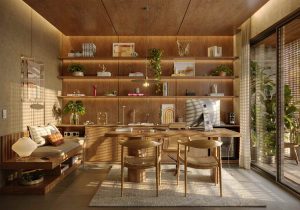
While adding greenery to your space doesn’t require major changes when planning your home interiors, incorporating it can go a long way in giving it an opulent touch. With a vast variety of indoor plants to choose from, you can truly personalise your space based on your tastes and preferences. For instance, species like snake plants, aloe vera, and spider plants, among others, work brilliantly at purifying the air around you.
Similarly, a herb garden in your kitchen or balcony can add to its visual appeal, while giving you access to fresh herbs for all your cooking.
If you’re someone who enjoys bringing a touch of nature into your home, you can also incorporate a water feature to add to its overall ambience. The sound of flowing water can be incredibly calming and adds a sense of luxury to your interiors.
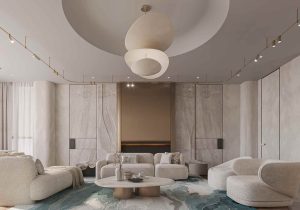
One of the most crucial, but often overlooked aspects of planning your home interiors is lighting. Light has a tremendous impact on one’s mood and the ambience of your home interiors, making it crucial that you make the right choices.
The first step is to ensure that every space is brightly lit with a combination of wall lights, ceiling lights like chandeliers, for example, and even other fixtures such as floor or table lamps, pendant lights, uplighters, and so on. Creating specific zones in spaces can also help make your home feel a lot more opulent, rather than relying on a single ceiling light.
Secondly, the colour temperatures used across each space also play a key role. Warmer colours work best in spaces like living and dining rooms, and bedrooms. On the other hand, cooler lighting is ideal for kitchens and bathrooms. It’s crucial that you consult your interior designer when deciding how to light up your space, as it can make or break its visual appeal.
The potential list of aspects to prioritise when planning your home interiors is endless. After all, every homeowner has their unique needs and preferences, and varying lifestyles. These, in turn, affect what they prioritise in their home’s interior design.
As a new homeowner looking to design your interiors with the best in the business, you don’t need to look beyond Bonito Designs. We’re India’s only ISO-certified full home interior brand and have over 10 years of experience and thousands of happy customers.
Add to this our exclusive Design Now Pay Later (DNPL) offer, and you can truly design your home to your taste without letting budget restrictions come in the way.